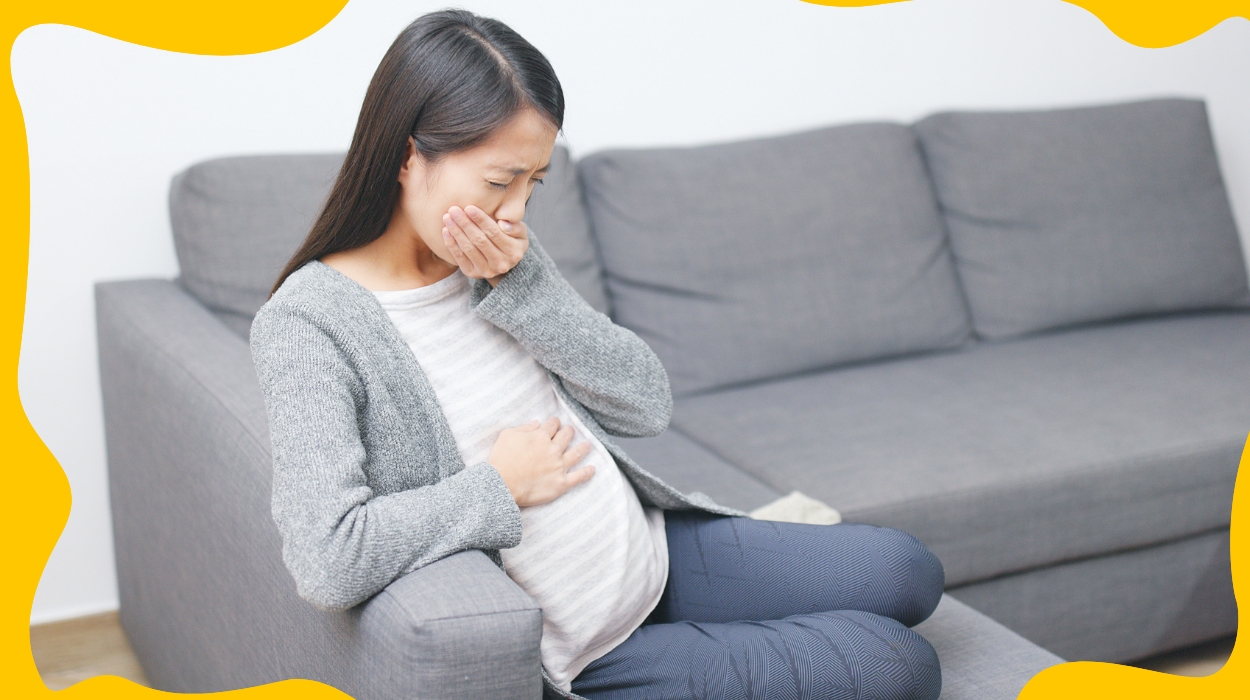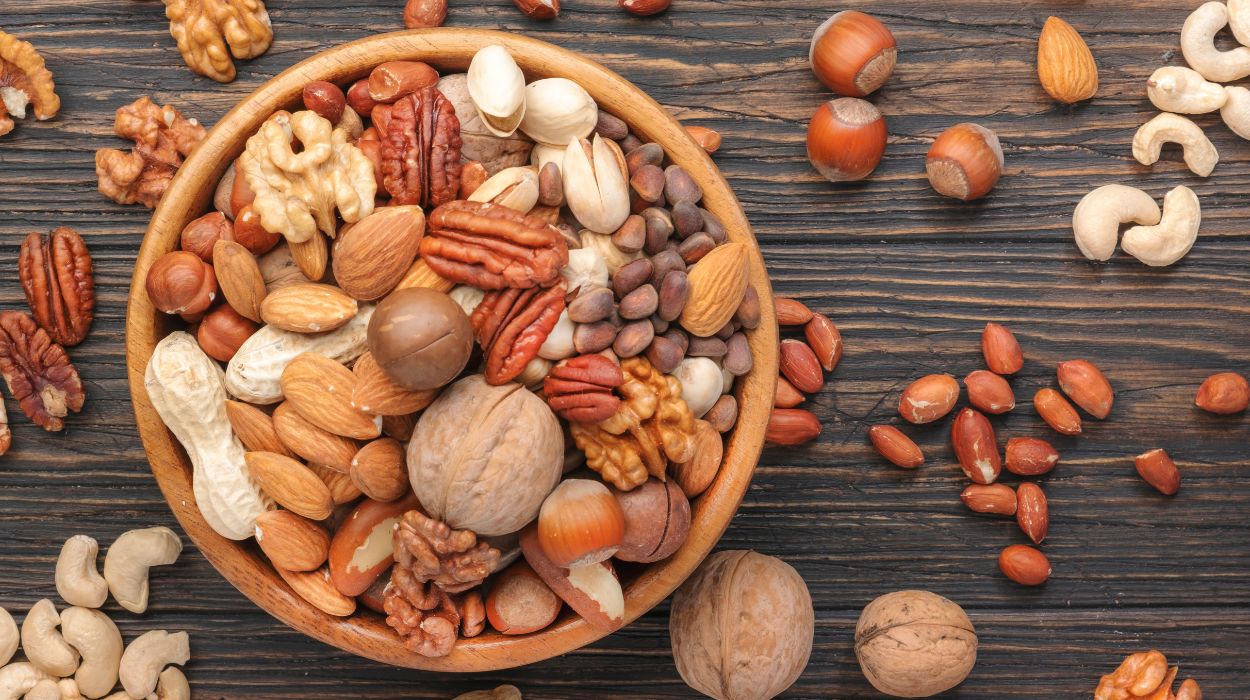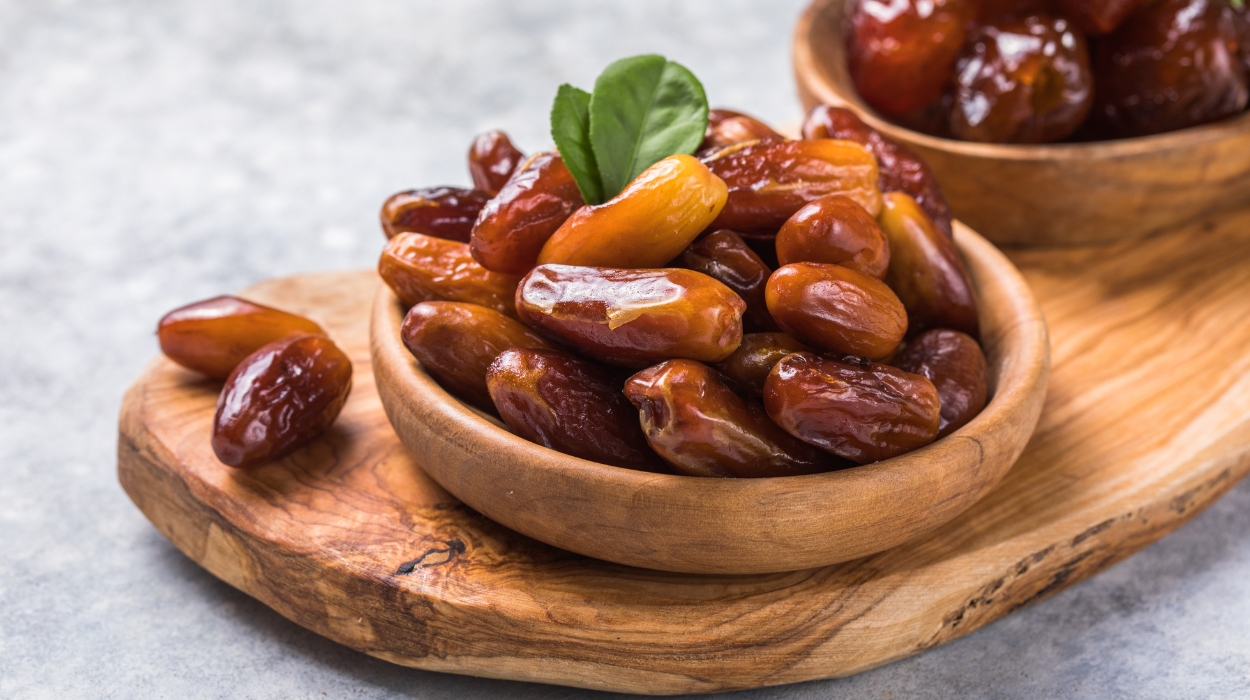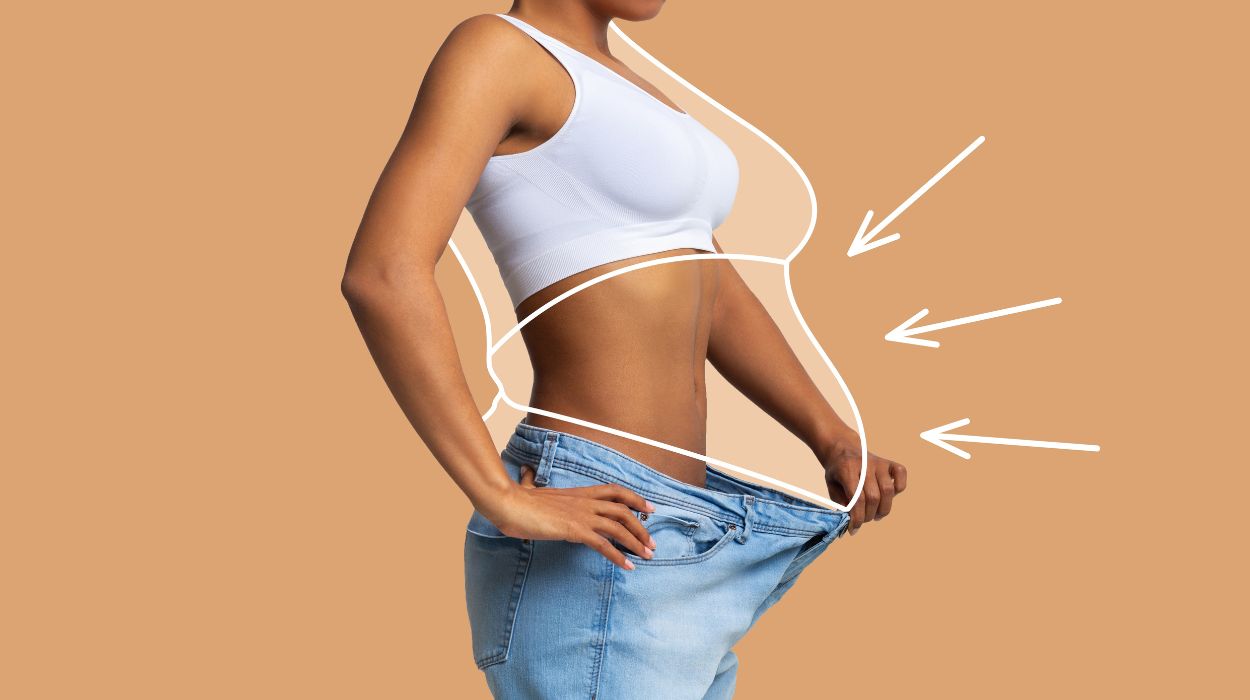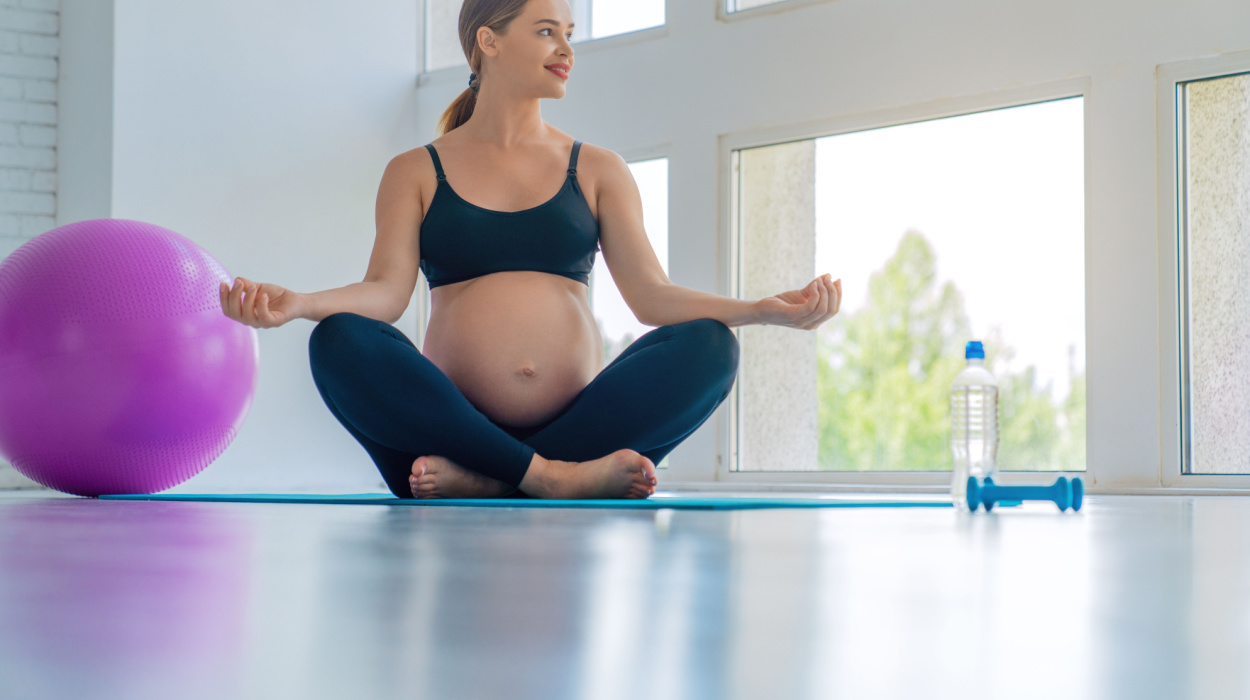Non Toxic Crib Mattress: What Is It & Why We Should Purchase
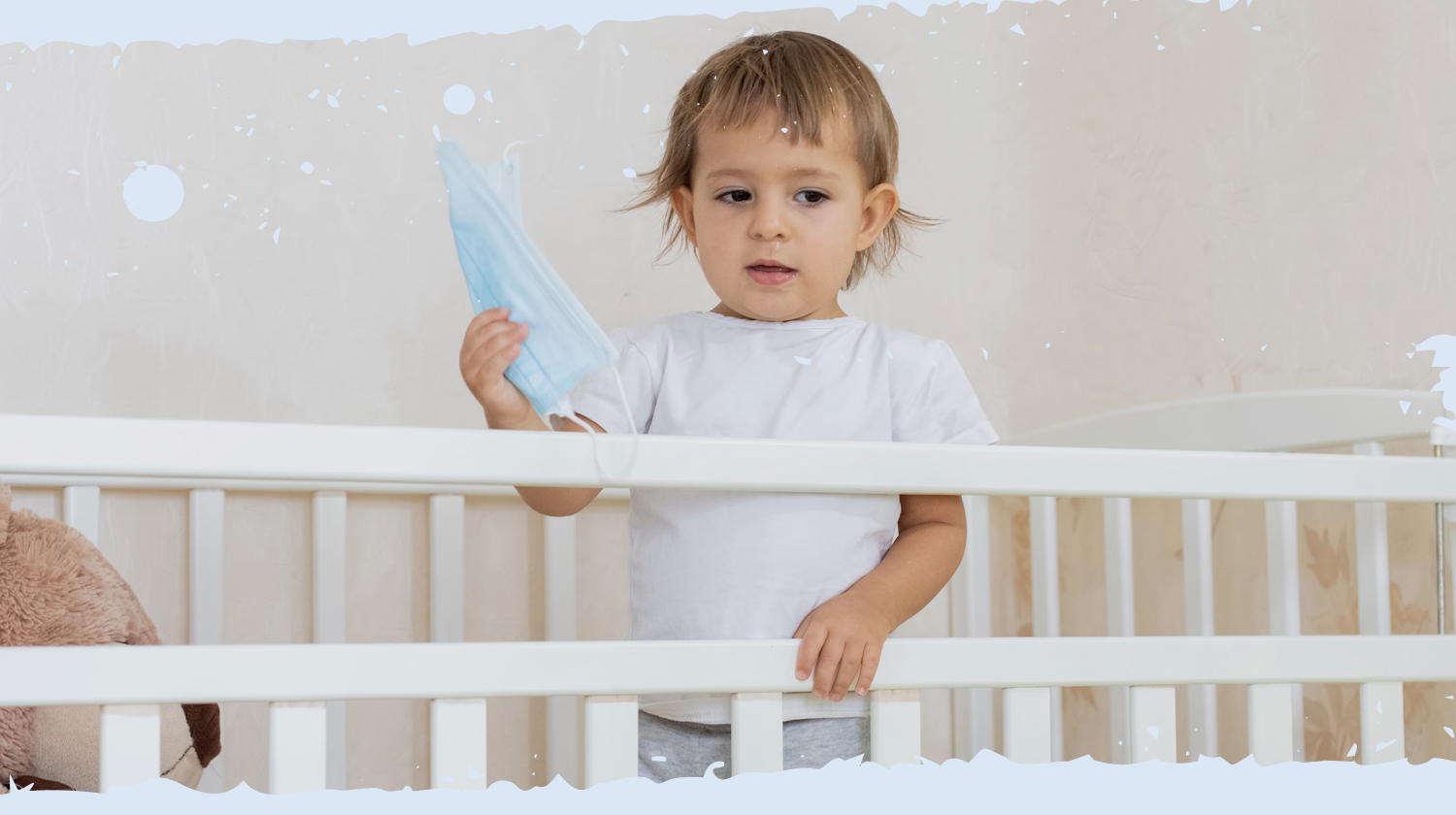
When choosing the best organic crib mattresses[1] for your baby, safety and comfort should be the top priorities. A non-toxic crib mattress is a popular choice for parents who want to provide a safe sleeping environment for their little ones. These mattresses are made from natural and organic materials, such as cotton, wool, and latex, without the use of harmful chemicals, flame retardants, or synthetic materials that could potentially harm your baby. Non-toxic crib mattresses are designed to minimize infants’ exposure to toxins commonly found in traditional mattresses[2], such as volatile organic compounds (VOCs), that can cause respiratory problems. By purchasing a non-toxic crib mattress, parents can ensure that their baby’s delicate skin and lungs are not exposed to harmful substances. Moreover, these mattresses are also more eco-friendly and sustainable, making them a great choice for environmentally-conscious families. With a range of options available in the market, including certified organic and Greenguard Gold certified mattresses, it is easier than ever for parents to make an informed decision and choose the best organic crib mattress for their baby’s safety and comfort.
Non-Toxic Crib Mattress: What is a Non-Toxic Crib Mattress?
A nontoxic crib mattress[3] is a type of baby mattress made from natural and organic materials without the use of harmful chemicals, synthetic materials, or flame retardants. The best organic crib mattresses are designed to minimize exposure to toxins such as volatile organic compounds[4] (VOCs), making them a safer choice for babies. Non-toxic crib mattresses are also more eco-friendly and sustainable, with certified organic options or Greenguard Gold certified options. They prioritize safety, comfort, and minimizing environmental impact.

Why Should We Purchase A Non Toxic Crib Mattress?
- Safety: Organic crib mattresses are made without harmful chemicals, synthetic materials, or flame retardants, reducing the risk of exposure to toxins that could be harmful to babies. Flame retardant chemicals have been linked to developmental and reproductive issues, while VOCs can cause respiratory problems and other health concerns. Choosing an organic mattress helps to minimize exposure to these harmful substances.
- Health: Babies spend a lot of time sleeping, and the quality of the air they breathe is vital for their health. Organic crib mattresses help promote healthier indoor air quality by reducing the number of chemicals present in the nursery. This can help minimize the risk of respiratory issues, allergies, and other health problems.
- Comfort: Non-toxic crib mattresses made from natural and organic materials tend to be more breathable, hypoallergenic, and comfortable for babies to sleep on. Materials like organic cotton, wool, and latex can help regulate temperature, wick away moisture, and provide a comfortable sleep surface for babies.
- Sustainability: Non-toxic crib mattresses are often made from sustainable and eco-friendly materials. For example, organic cotton is grown without the use of harmful pesticides and herbicides, while natural latex is made from the sap of rubber trees. Choosing an eco-friendly, non-toxic crib mattress helps reduce the environmental impact of your purchase.
- Peace of mind: Knowing that your baby is sleeping on a safe, comfortable, and environmentally friendly mattress can provide peace of mind for parents. It’s one less thing to worry about, and you can rest easy knowing that you’ve made a responsible choice for your family and the environment.
Factors To Look For When Choosing A Non-toxic Crib Mattress
When choosing a nontoxic crib mattress, there are several factors to consider to ensure that it is safe for your baby and meets your needs. Here are some of the key factors to look for:
- Certifications: Look for certifications from reputable organizations such as the Global Organic Textile Standard (GOTS), Greenguard Gold, or the Global Organic Latex Standard (GOLS). These certifications ensure the mattress has been tested and verified to meet certain safety and environmental standards.
- Materials: organic mattresses should be made from natural, organic materials such as organic cotton, organic wool, and natural latex. Avoid mattresses made with synthetic materials or chemicals such as polyurethane foam or flame retardants, which can release harmful toxins into the air.
- Durability: A high-quality organic mattress should be durable and able to withstand regular use. Look for mattresses with sturdy construction and good warranties, as well as those that are easy to clean and maintain.
- Firmness: It’s essential to choose a firm mattress to provide proper support for your baby’s developing spine and prevent the risk of suffocation. The American Academy of Pediatrics recommends that infants sleep on a firm, flat surface without soft bedding or pillows.
- Size: Make sure to choose a mattress that fits snugly in your crib without any gaps or spaces around the edges. This will help prevent the risk of entrapment or suffocation.
By considering these factors when choosing a non-toxic crib mattress, you can ensure that your baby is sleeping on a safe and healthy surface.
Types Of Non Toxic Certifications
There are several types of non-toxic certifications that a crib mattress can receive, indicating that it meets certain safety and environmental standards. Here are some of the most common certifications to look for:
- Global Organic Textile Standard (GOTS[5]): This certification ensures that the cotton used in the mattress is organic and free from harmful chemicals.
- Global Organic Latex Standard (GOLS[6]): GOLS organic certified latex is specific to latex mattresses, ensuring that the latex used in the mattress is organic and meets certain environmental and social standards.
- Greenguard Gold Certification: This certification tests for chemical emissions and ensures that the mattress is low in volatile organic compounds (VOCs) and other harmful substances.
- Oeko-Tex Standard 100: This certification ensures that the materials used in the mattress (including fabrics, foams, and other components) are free from harmful chemicals.
- Forest Stewardship Council (FSC): This certification ensures that the wood used in the mattress comes from responsibly managed forests.
- Oeko-Tex Standard 100: This certification ensures that the materials used in the crib mattress are free from harmful levels of more than 100 substances, including heavy metals, pesticides, and flame retardants.
- UL GREENGUARD Gold: This certification verifies that the crib mattress has low emissions of volatile organic compounds (VOCs) and formaldehyde, which can negatively affect indoor air quality.
- Global Organic Textile Standard (GOTS): This certification ensures that the entire supply chain, from farming to manufacturing, meets organic standards and prohibits the use of synthetic materials and harmful chemicals.
- Forest Stewardship Council (FSC): This certification ensures that the wood used in the crib mattress comes from responsibly managed forests.
- MADE SAFE: This certification verifies that the crib mattress is made without known harmful chemicals and has been screened for a wide range of toxic chemicals.
It’s important to note that some certifications may be more stringent than others, so it’s a good idea to research and compare certifications when choosing a nontoxic crib mattress. By choosing a crib mattress with one or more of these certifications, you can be confident that it meets rigorous safety and environmental standards.
Why Are Non Toxic Certifications Important?
Non-toxic certifications are important because they provide third-party verification that a product meets specific safety and environmental standards. These certifications ensure that the materials used to make the product do not contain harmful chemicals, toxins, or heavy metals. Additionally, they help consumers identify products made with sustainable and eco-friendly materials that have been manufactured using environmentally responsible processes.
When it comes to crib mattresses, non-toxic certifications are crucial because babies spend a significant amount of time sleeping, and they are more vulnerable to the effects of toxic chemicals than adults. By choosing a non-toxic crib mattress certified by a reputable organization, parents can have peace of mind knowing that their baby is sleeping on a safe and healthy surface.
Conclusion
Choosing a non-toxic crib mattress is important for parents who want to provide their babies with a safe and healthy sleeping environment. Non-toxic certifications such as GREENGUARD Gold, GOTS, and GOLS provide third-party verification that a product meets specific safety and environmental standards. It’s also important to consider the materials used in the mattress, its durability, and other factors such as breathability and firmness. Ultimately, investing in a non-toxic crib mattress can give parents peace of mind knowing their baby is sleeping on a safe and healthy surface free from harmful chemicals and toxins.
Frequently Asked Questions
A non-toxic crib mattress is made with materials free of harmful chemicals and toxins, such as flame retardants, VOCs, and other harmful substances.
Non-toxic crib mattresses can be more expensive than traditional ones, but they are worth investing in your baby’s health and safety.
Look for certifications such as GOTS, Greenguard Gold, or Oeko-Tex Standard 100, which indicate that the mattress has been tested and certified to be free of harmful substances.
Yes, a non-toxic crib mattress can be used for a toddler bed if the dimensions of the mattress match the size of the toddler’s bed frame.
It is recommended to replace a crib mattress every 3-5 years, regardless of whether it is non-toxic.
Some non-toxic crib mattresses come with waterproof covers, while others do not. It is essential to check the specifications of the mattress to determine if it has a waterproof cover.
Non-toxic crib mattresses can be made from a variety of materials, such as organic cotton, wool, natural latex, coconut coir, and bamboo.
Yes, non-toxic crib mattresses can be just as comfortable as traditional mattresses. Many non-toxic crib mattresses are made with natural materials that are breathable and provide a comfortable sleeping surface for babies.
+ 6 Sources
Health Canal avoids using tertiary references. We have strict sourcing guidelines and rely on peer-reviewed studies, academic researches from medical associations and institutions. To ensure the accuracy of articles in Health Canal, you can read more about the editorial process here
- Pelley, J. (2014). Crib Mattresses Expose Infants To Elevated Levels Of Volatile Organic Compounds. [online] Chemical & Engineering News. Available at: https://cen.acs.org/articles/92/web/2014/02/Crib-Mattresses-Expose-Infants-Elevated.html.
- Cockrell School of Engineering. (2022). Crib Mattresses Emit High Rates of Potentially Harmful Chemicals, Cockrell School Engineers Find. [online] Available at: https://cockrell.utexas.edu/news/archive/7776-crib-mattresses-emissions.
- Elizabeth (2016). Selecting a Crib Mattress: Embrace the Precautionary Principle. [online] Women’s Voices for the Earth. Available at: https://womensvoices.org/2016/04/28/selecting-a-crib-mattress-embrace-the-precautionary-principle/.
- Epping, R. and Koch, M. (2023). On-Site Detection of Volatile Organic Compounds (VOCs). Molecules, [online] 28(4), p.1598. doi:https://doi.org/10.3390/molecules28041598.
- Global-standard.org. (2023). Home – GOTS. [online] Available at: https://global-standard.org/.
- Certifications. (2022). GOLS – Global Organic Latex Standard. [online] Available at: https://certifications.controlunion.com/en/certification-programs/certification-programs/gols-global-organic-latex-standard.


